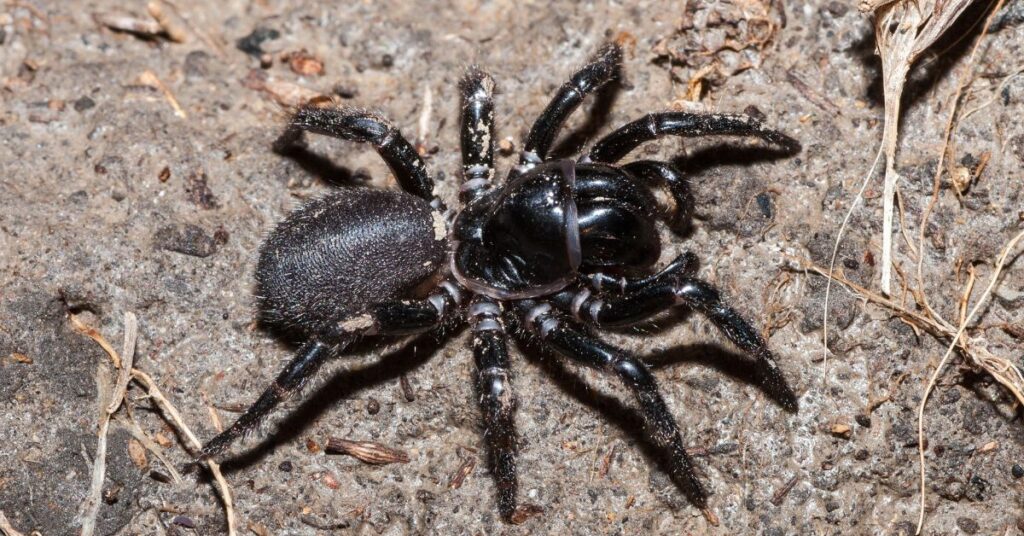
Have you ever wondered which spider is the most dangerous in the world? It could be the Australian funnel-web spider.
This species of spider has a unique web-building technique and a venomous bite that can be fatal to humans.
While there are many other spiders out there that can be dangerous, the Australian funnel-web spider is known to be the most venomous, making it the most dangerous spider in the world.
In this blog post, we will explore the Australian funnel-web spider, their habitat, and their venomous bite.
What Does the Australian Funnel Web Spider Look Like?
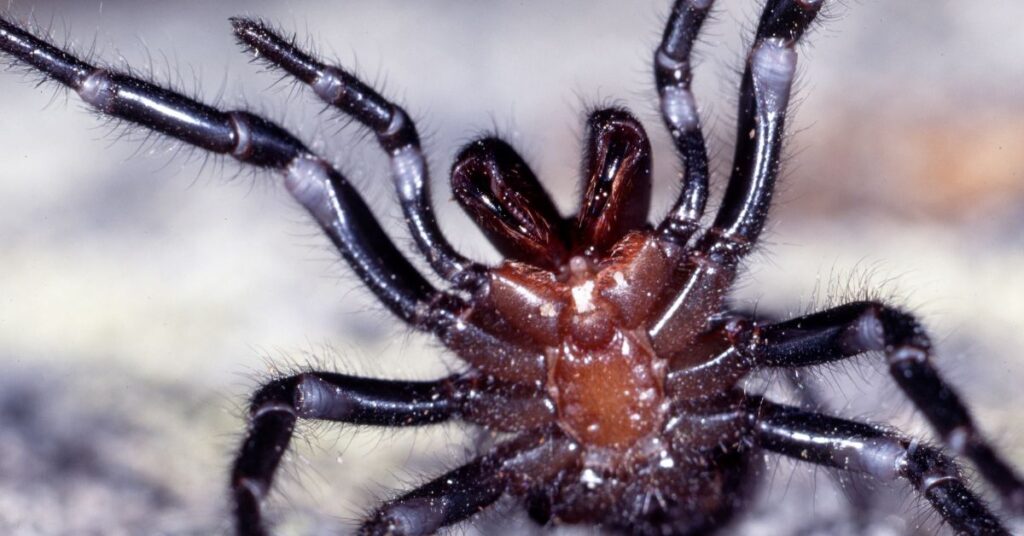
Atracidae is a family of mygalomorph spiders, commonly known as Australian funnel-web spiders or atracids. Atracidae consists of three genera: Atrax, Hadronyche, and Illawarra, comprising 35 species. The trapdoor spider is also a mygalomorph spider.
Australian Funnel Web spiders (Hadronyche modesta) are medium to large in size, their body lengths usually ranging from 1 to 5 cm (0.4 to 2.0 in), although there is one exceptional specimen that reached 8 cm (3.1 in).
Their carapace is hairless and covers the front part of their bodies. Some atracids have long spinnerets; this is especially true of the Sydney funnel-web spider (A. robustus).
Males have a large mating spur projecting from the middle of their second pair of legs. They have no obvious body pattern and their eyes are closely grouped together.
They have ample venom glands that lie entirely within their chelicerae. Their fangs are large and powerful, capable of penetrating fingernails and soft shoes.
Habitat
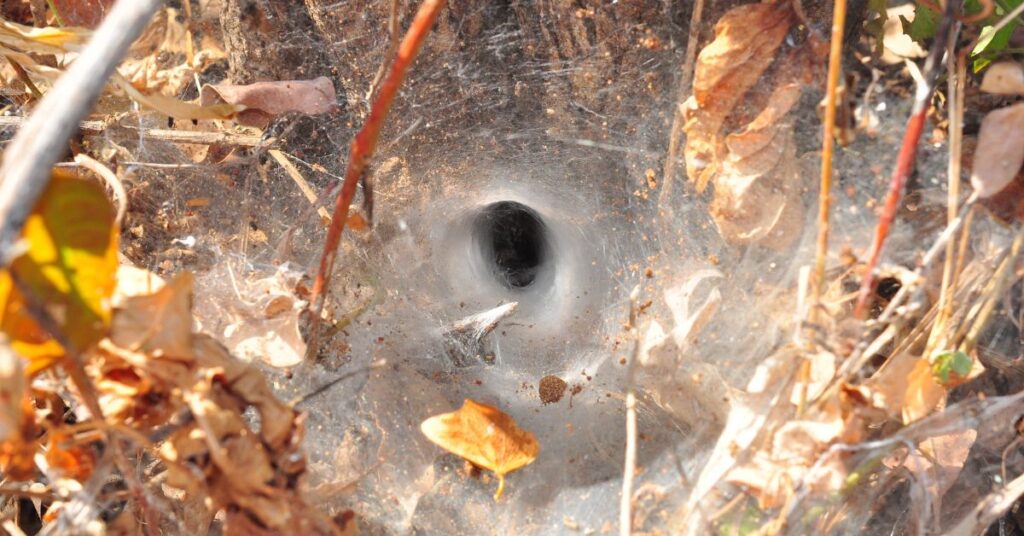
Funnel-web spiders live in the moist forest regions of the east coast and highlands of Australia from Tasmania to north Queensland.
They make their burrows in moist, cool, sheltered habitats – under rocks, in and under rotting logs, and some in rough-barked trees (occasionally meters above ground).
They are commonly found in suburban rockeries and shrubberies, rarely in lawns or other open terrain.
A burrow characteristically has irregular silk trip-lines radiating from the entrance. Unlike some related trapdoor spiders, they do not build lids to their burrows.
They are also found in the drier open forests of the Western Slopes of the Great Dividing Range and South Australia’s Gulf ranges.
Funnel-webs of the genus Atrax have a much smaller distribution than do the more diverse members of the genus Hadronyche.
The Sydney Funnel-web Spider, Atrax robustus, is found from Newcastle to Nowra and west as far as Lithgow in New South Wales.
Is the Australian Funnel-Web Spider Toxic to Humans
In a word, yes. However, in the case of the Sydney Funnel-Web spider, it is only the males of this species that is potentially life-threatening.
The venom of the male is very toxic. This is because male spider venom contains a unique component called Robustoxin (d-Atracotoxin-Ar1) that severely and similarly affects the nervous systems of humans and monkeys, but not of other mammals.
Females of the same species do not possess this chemical which explains why there has never been any recorded deaths from envenomation by a female Sydney Funnel-Web.
Almost four million people live in the Sydney region, the centre of the distribution of the Sydney Funnel-web Spider. This makes the likelihood of human encounters with this spider much greater than in less urbanised areas like the Blue Mountains.
Taken together, these ingredients produce a recipe for unexpected and potentially life-threatening encounters.
Having said that, not all funnel-web species show such a large gender-based difference in venom toxicity.
Symptoms of a Bite from an Australian Funnel-Web Spider
An Australian funnel web spider bite is initially very painful, with clear fang marks separated by several millimetres.
The size of fangs is responsible for the initial pain. In some cases, the spider will remain attached until dislodged by shaking or flicking it off.
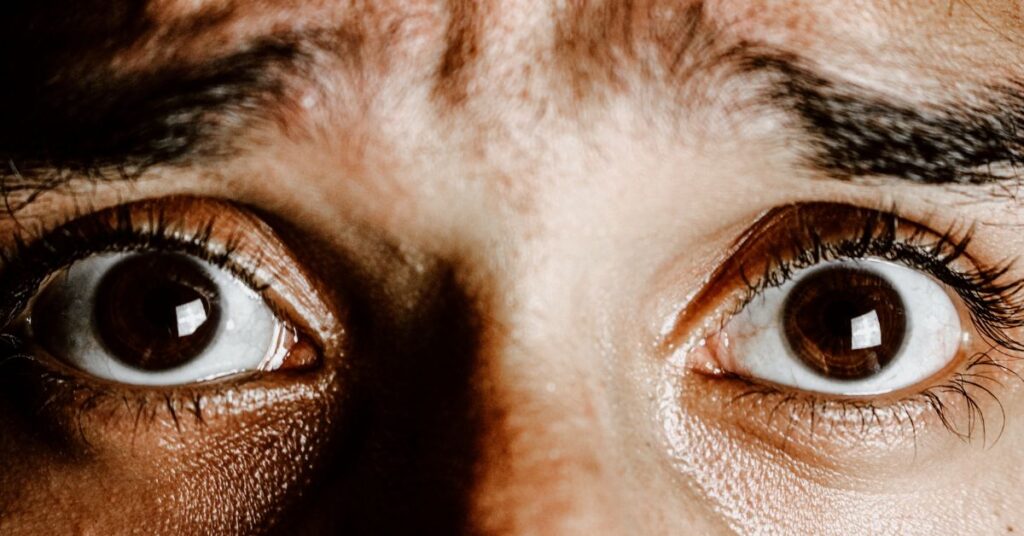
Physical symptoms can include
- copious secretion of saliva
- muscular twitching
- breathing difficulty
- disorientation
- confusion, leading to unconsciousness.
How to Treat a Bite from an Australian Funnel-Web Spider
Despite the availability of an effective antivenom, correct and immediate first aid is still an essential requirement for funnel-web spider envenomation.
The recommended first aid technique is pressure/immobilisation, and this must be done as quickly as possible. The pressure/immobilisation technique compresses surface tissues and reduces muscle movement, greatly slowing the lymphatic flow.
Spider bites usually take place on a limb, therefore
- Immediately apply a pressure bandage as tightly as possible starting from the bitten area and biding the entire limb above the bite.
- Place a rigid splint onto the limb to prevent movement of it.
- Keep the patient as calm and as quiet as possible
- SEEK MEDICAL ATTENTION
This technique was originally developed for snakebites but has also been shown to be effective at slowing venom movement and preventing systemic envenomation in case of an Australian funnel-web spider bite.
Some evidence suggests that periods of prolonged localisation may slowly inactivate the venom.
Anti-Venom
An antivenom for the Sydney Funnel-web Spider was first developed for clinical use in 1981 by Dr Struan Sutherland and his team at the Commonwealth Serum Laboratories.
No deaths have occurred since its introduction. At the same time Sutherland experimentally established the effectiveness of the compression/immobilisation first aid technique for funnel-web bite.
This antivenom has also been effective against other dangerous funnel-web spider species. It has been successfully used in cases of mouse spider envenomation.
Antivenom is held at major city and regional hospitals.
How Can I Avoid Them?
Other than never going to Australia, you can utilise the following tips to avoid coming into contact with one of these little beasties.
- Always shake out your shoes, wetsuits or clothes that haven’t been worm for a while before putting them on, particularly if you have left them outside
- Avoid leaving clothes or towels on the floor
- Wear shoes when you’re outside and also at night
- Check your bedding if it’s on or close to the floor
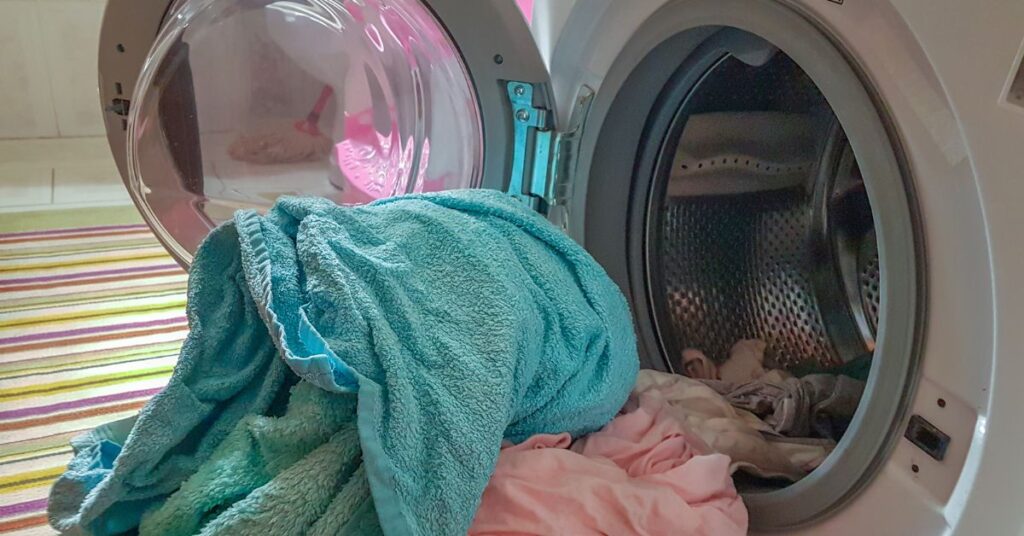
If you spot a spider in a swimming pool, don’t make the assumption that it has drowned.
Funnel webs are known as the Aussie pool scuba divers of the spider world, so fish the spider out with a pool net or avoid it and have a cool shower instead of risking being bitten underwater.
So yes, definitely one to avoid if possible! Until next time, stay spidery!
